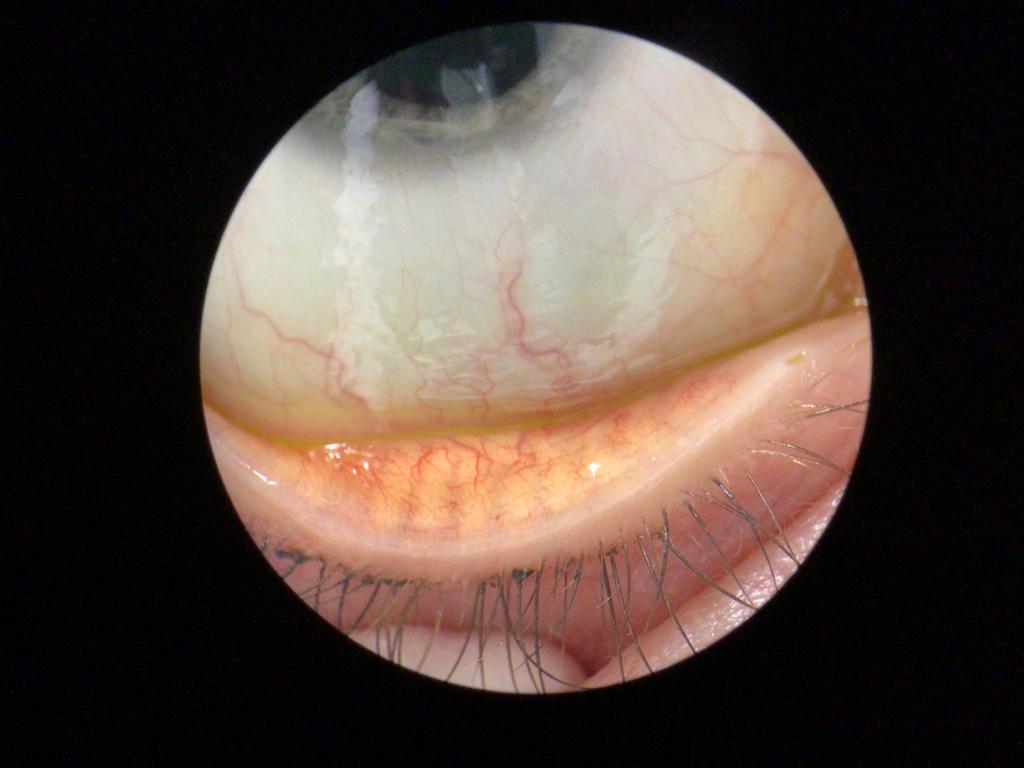Eyelid Glands and Eye Well-being
Those tiny glands on the eyelid margin are called Meibomian Glands and play a crucial role in maintaining the health of the eyes. Let’s break down how these glands contribute to eye health and their involvement in certain eye problems:
Meibomian Glands and Their Function: Meibomian glands are specialized oil glands located along the eyelid margins, particularly where the eyelashes are situated. These glands produce an oily substance known as meibum, which is a vital component of tears. The tears in our eyes consist of three layers: an outer oily layer, a middle watery layer, and an inner mucous layer.

Importance of Meibum: The oil produced by the Meibomian Glands serves as the outer layer of the tear film. This layer has several essential functions:
- Preventing Evaporation: The oily layer helps prevent the rapid evaporation of tears, ensuring that the eyes stay moist and comfortable.
- Stabilizing the Tear Film: It contributes to the stability of the tear film, preventing it from breaking up too quickly.
- Protecting the Eyes: The tear film, with its oil layer, acts as a protective barrier for the eyes against environmental factors like wind and dust.
Eye Problems Related to Meibomian Glands:
- Blepharitis:
-
- Description: Blepharitis is an inflammation of the eyelids, and it can affect the Meibomian Glands.
- Involvement of Meibomian Glands: In blepharitis, the Meibomian Glands may become clogged, leading to dysfunction. This can result in an imbalance in the tear film and cause symptoms like redness, itching, and irritation.
-
- Description: Dry eye occurs when the eyes don’t produce enough tears or when the tears are of poor quality.
- Involvement of Meibomian Glands: Meibomian Gland dysfunction is a common cause of evaporative dry eye. When these glands don’t produce enough oil or the oil is of poor quality, it can lead to increased evaporation of tears and dryness of the eyes.
- Sjögren’s Syndrome:
-
- Description: Sjögren’s syndrome is an autoimmune disorder that primarily affects the salivary and lacrimal glands (glands that produce tears).
- Involvement of Meibomian Glands: In Sjögren’s syndrome, the immune system mistakenly attacks and damages the glands, including the Meibomian Glands. This can result in dry eyes due to decreased tear production and compromised oil quality.
Conclusion: Meibomian Glands are integral to maintaining the health and comfort of our eyes. When these glands are affected, it can lead to various eye problems. Proper eye care, including good lid hygiene and management of underlying conditions, is essential for preventing and addressing issues related to the Meibomian Glands. Intense light therapy (IPL) plays a significant role in the treatment of dysfunctional MeibomianGlands creating a low oxygen microenvironment that promotes the rejuvenation of the glands.







